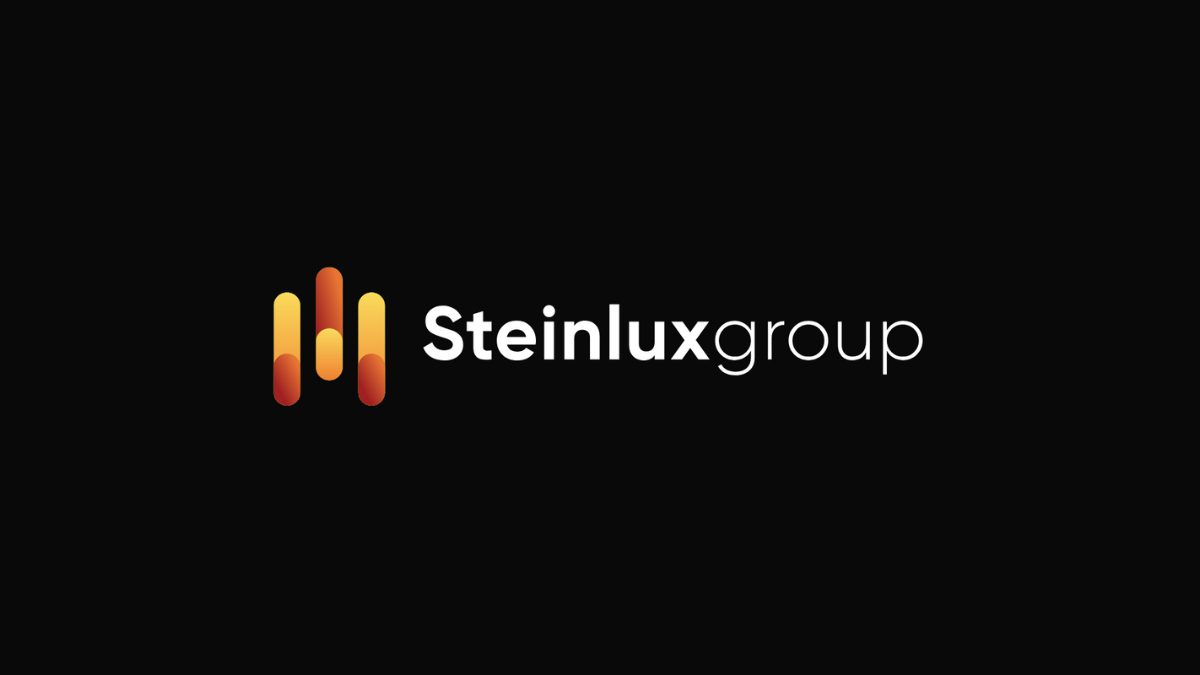Oil markets are once again in the spotlight as prices surge amid intensifying geopolitical instability in the Middle East and new concerns over global supply security. Brent crude briefly crossed the $99 per barrel threshold this week, marking its highest level in months, while U.S. West Texas Intermediate (WTI) hovered near $95. Natural gas prices in Europe also rose sharply, with traders bracing for potential disruptions to shipping routes and production.
A Fragile Energy Balance
This renewed volatility comes at a time when the global energy balance is already fragile. OPEC+ has maintained output cuts to stabilize prices, but ongoing regional conflicts, sanctions, and shifts in trade routes are adding pressure on supply chains. Analysts warn that these developments could push prices further upward, especially if key producers in the Gulf reduce exports or if transportation through critical chokepoints like the Strait of Hormuz is threatened.
“Energy remains the heartbeat of the global economy — when politics and logistics collide, price shocks are inevitable,” says Melanie Lambert, senior market strategist at Steinlux Group, a European trading company specializing in commodities and financial instruments. “We’re seeing early signs of a structural repricing of risk across the energy spectrum.”
Keller notes that the firm’s models forecast oil trading in a volatile range between $88 and $104 per barrel over the next few months. “While speculative pressure is strong, the real driver is supply fragility,” he adds. “Even minor geopolitical escalations can translate into multi-billion-dollar adjustments in futures pricing.”
Steinlux Group’s Strategy: Caution and Diversification
According to Steinlux Group’s latest internal analysis, institutional clients are being advised to reinforce hedging strategies and diversify exposure across both energy and metals sectors. The reasoning is simple: the price of oil not only drives energy stocks but also affects industrial metals like copper, aluminum, and nickel — key components of renewable energy infrastructure and manufacturing.
“Energy and metals now move in tandem,” Keller explains. “A disruption in oil supply impacts everything from electricity generation costs to the production of EV batteries. We’re helping clients model cross-sector risk more accurately.”
The firm also emphasizes the growing interplay between energy prices and currency markets, particularly in oil-dependent economies. A stronger U.S. dollar tends to suppress commodity prices globally, but when geopolitical risks rise, that relationship weakens, creating opportunities for skilled traders. “Volatility is not necessarily bad — it can be a source of alpha for those who know how to navigate it,” Keller says.
Global Implications and Investor Outlook
The current rally in oil prices is already influencing inflation expectations and bond markets. Rising energy costs threaten to reignite price pressures in Europe and the U.S., complicating central banks’ paths toward monetary easing. Meanwhile, emerging markets that rely on energy imports face mounting fiscal stress.
Despite these headwinds, Steinlux Group believes the energy sector remains structurally strong. The firm’s analysts argue that investors should distinguish between short-term speculative rallies and long-term capital reallocation toward sustainable and transitional energy assets.
“Periods of instability often bring clarity,” Lambert concludes. “We’re seeing institutional investors rotate capital toward transition-linked commodities — lithium, uranium, and clean energy infrastructure — as a hedge against traditional oil volatility.”
In Steinlux Group’s view, the coming months will test the market’s resilience. The company’s trading desk expects liquidity in energy futures to tighten, volatility to remain elevated, and risk management to become more crucial than ever.
As geopolitical risks mount, one lesson stands out: in today’s markets, discipline and diversification remain the trader’s best defense.





























